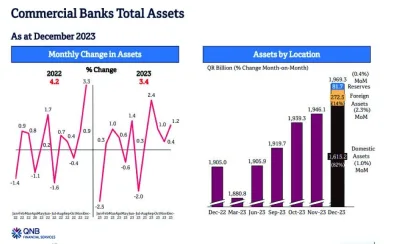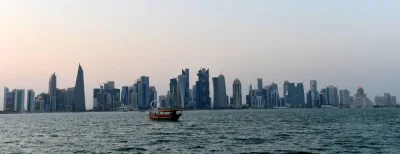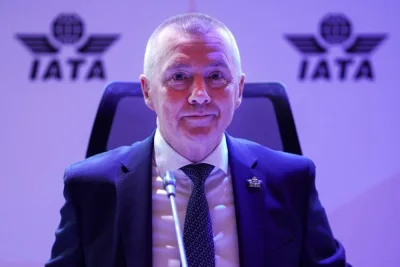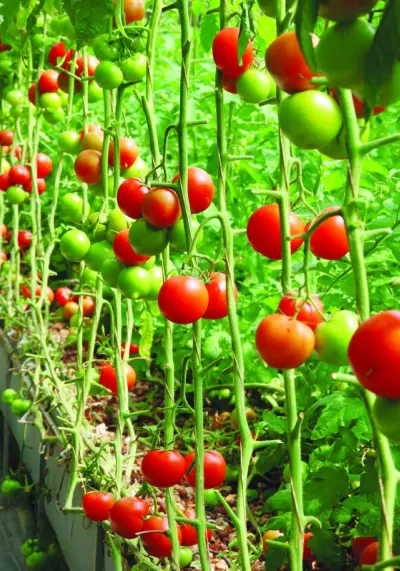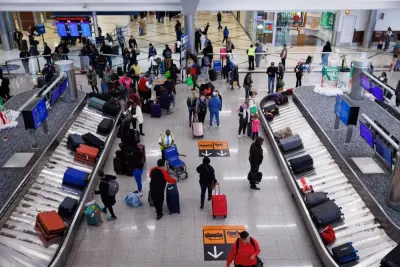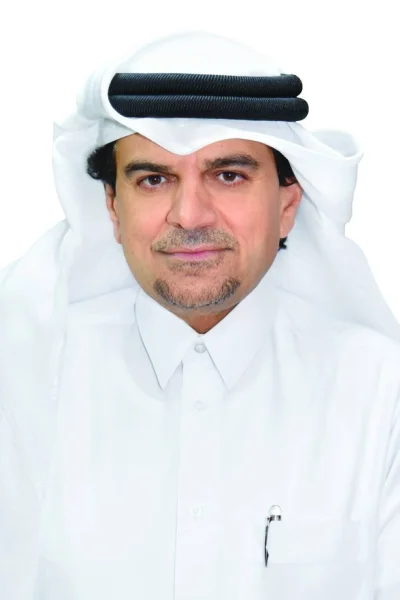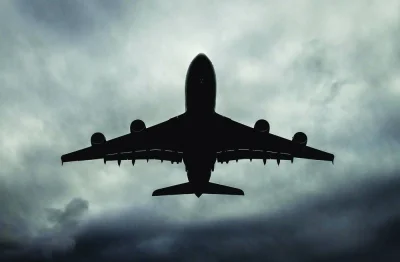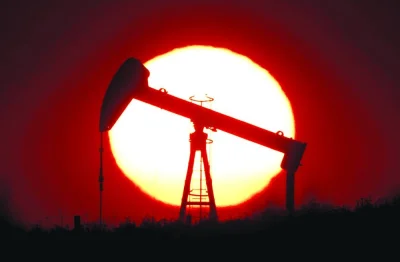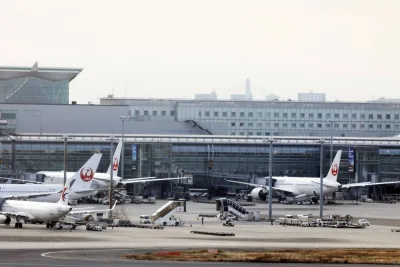In an era defined by rapid technological evolution, airlines and airports seem to be positioning themselves for a digital breakthrough..text-box { float:left; width:250px; padding:1px; border:1pt white; margin-top: 10px; margin-right: 15px; margin-bottom: 5px; margin-left: 20px;}@media only screen and (max-width: 767px) {.text-box {width: 30%;}}**media[137425]**Global Information technology provider for the air transport industry SITA says that both airports and airlines saw IT spend increase year-on-year into 2023, reaching an estimated $10.8bn and $34.5bn respectively, with over two-thirds of airport and airline CIOs expecting continued growth into 2024.Airports also boosted IT spend as a percentage of revenue in 2022 and 2023 even as business benefitted from an uptick in travel demand, signalling just how crucial a role technology will play in the next-generation travel experience.According to SITA, 99% of airlines saw an uptick in IT and technology spending in 2023.Key investment priorities included Business Intelligence (BI) and artificial intelligence (AI). With generative AI’s booming popularity and utilisation in 2023, a shift is evident – airlines are investing in transformative technologies to navigate operational challenges, optimise the passenger experience, and advance environmental sustainability, making strides towards greener operations.In particular, they are exploring alternative revenue channels (with the use of BI in passenger processing for retail doubling year on year).Passenger-centric technology adoption is another key investment area with touchless identity verification, self-service solutions, and real-time monitoring gaining traction.Biometrics are becoming commonplace to help curb congestion, with 70% of airlines expecting to have biometric ID management in place by 2026, and 90% of airports investing in major programs or R&D in this area.As sustainability takes centre stage, airlines prioritise the renewal of their fleets efficiencies around aircraft turnaround and ground operations, and a commitment to Sustainable Aviation Fuel (SAF).The report reveals a joined industry push towards an environmentally responsible future, with SAF adoption projected to reach 83% by 2026. By 2026, over 90% of airlines plan to have IT in place to boost the efficiency of flight operations and aircraft turnaround.Strategic investments, innovation partnerships, and sustainability initiatives underscore a collective commitment to shaping a resilient, passenger-centric, and environmentally conscious future.Priority areas: Cybersecurity and cloud services will remain key areas of investment for airlines over the coming years, with 97% and 95% respectively having major programmes/R&D in place, an increase of approximately 5% on last year in each case.“Three areas stand out,” SITA says and adds these are aircraft maintenance (increased from 80% to 89%), business intelligence solutions (79% to 90%), and digital tags , with digital tags being a widely discussed topic in the aviation sector in recent months.As seen among airports, ‘greening by IT is an area where there is significant R&D/pilot investment planned, likely in response to upcoming regulations regarding emissions and industry milestones for carbon reduction.Passenger identity: When it comes to passenger digital identity verification, there is clear appetite among airlines for technologies that will save time, minimise disruption, and streamline the passenger journey through the airport.According to SITA, some 44% have already implemented touchless identity verification technologies and 35% have implemented biometrics – with a further 24% and 35% respectively planning to introduce these by 2026.While only 17% of airlines have currently adopted a single token for passenger identification across all touchpoints, over half plan to have this in place by 2026, ushering in a more seamless digitally enabled experience.Web check-in has become almost universal, increasing to 97% implementation. Staff using mobile devices to aid check-in jumped to 72% in 2023 and automatic check-in has seen a 18% increase year on year to 58% adoption.When it comes to bag tagging, this is still mostly done at the airport, but printing at home is the main area of growth, with 24% having implemented this now (up from 16% last year) and a further 29% planning to do so in the next three years.

Pratap John
Pratap John is Business Editor at Gulf Times. He has mainstream media experience of nearly 30 years in specialties such as energy, business & finance, banking, telecom and aviation, and covered many major events across the globe.
Most Read Stories
4



